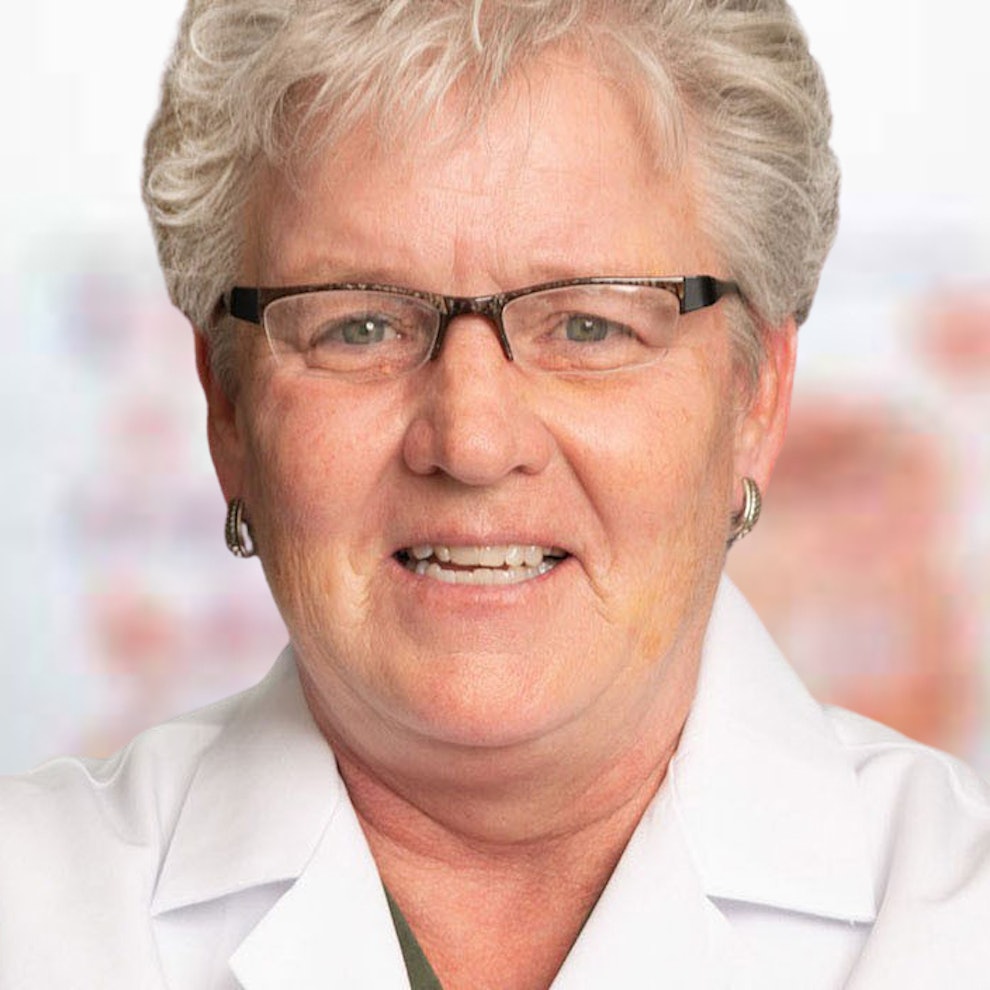Breaking Down Primary Care: Family Medicine Vs. Internal Medicine
Article at a glance
Primary care is a term referring to health care services provided by doctors and their health care teams to help prevent, diagnose, and treat a patient’s medical needs.
There are multiple types of Primary Care doctors and advanced practice providers (APPs) —the most common falling into the fields of Internal Medicine and Family Medicine.
This can include MDs, DOs, Nurse Practitioners (NPs), and Physicians Assistants (PAs)
An Internal Medicine provider (internist) focuses more specifically on managing and treating chronic illnesses in adult patients.
A Family Medicine provider focuses more on treating a broader variety of illnesses in patients ranging from newborns to the elderly.

While many people understand that when they become ill, they visit a doctor or hospital, they may not have a Primary Care provider that they see consistently for their medical needs. Primary Care providers are trained to help treat and care for a variety of medical illnesses and can be a vital part of maintaining the health and well-being of a patient.
What is Primary Care?
Primary care is an arrangement of accessible and varying health care services provided by doctors, APPs, and their health care teams. These doctors and their teams work together to help diagnose, prevent, and treat a wide majority of health needs. Additionally, a goal of primary care is to establish and develop an ongoing partnership with their patients regarding their health. Primary care often includes things such as:
Performing physicals
Prescribing medications
Screening for common health problems
Managing chronic illnesses, such as high blood pressure
What is a Primary Care Provider?
A primary care provider (PCP) is a healthcare provider who diagnoses and treats a wide array of illnesses. They provide comprehensive care to various ages, from infants to elderly patients, and are often the main medical professionals a person goes to, barring an urgent emergency. These providers, be it NPs, PAs, or Doctors, are trained to work with patients across a variety of approaches to help prevent and treat illnesses.
Note: For tips on choosing a primary care physician, visit this source.

Why Does A Person Need A PCP?
It’s important to have a medical professional with whom a person has established a consistent relationship with regarding medical history and potential illnesses in the future. While some may go to the doctor only when they are ill, having a Primary Care doctor can help a person prevent future illness, identify genetic diseases they may contract, and treat acute illnesses to prevent worsening symptoms.
Different Types of Primary Care
Primary care physicians range in specialty and practice. The two primary care physician types that are commonly confused are internal medicine physicians and family physicians. Here is how they differ:
Family Medicine: A medical doctor or family nurse practitioner who works with patients ranging in age from newborns to patients in their later years. Many Family Medicine Physicians care for all members of a family, bringing a unique and valuable perspective to providing care for each family member.
Internal Medicine: A medical doctor or advanced practice providers (APPs) who specializes in diagnosis, treatment, and prevention of disease in their adult patients. Often, internal medicine focuses on chronic illnesses that commonly affect adults. However, an internal medicine physician commonly treats a wide range of patients for a variety of primary care reasons.
What Types of Patients Are Seen by Family Medicine Providers?
Family Medicine Doctors can treat a wide range of patients, including:
Newborns
Children (Pediatrics)
Adolescents
Adults
Elderly Patients (Geriatrics)

What Type of Patients Are Seen by Internal Medicine Providers
Internal Medicine Doctors focus on treating adult patients. However, they occasionally do treat children—but they must be trained in pediatrics to do so.
What Are The Benefits of Family Medicine?
Some of the benefits of a Family Medicine approach include:
Family Medicine doctors and nurse practitioners are able to treat a variety of ages, meaning they can serve as primary care providers to an entire family.
Family Medicine doctors and nurse practitioners can provide many of the services of a gynecologist, among other services pertaining to women’s health, if needed.
Caring for an entire family gives a primary care provider a unique perspective to more effectively care for each member of the family.
What Are The Benefits of Internal Medicine?
Some of the benefits of an Internal Medicine approach include:
Having an Internal Medicine Doctor or Adult Nurse Practitioner who specializes in treatment for adults—meaning there is a more intense study into illnesses targeting that demographic.
Diagnosis and treatments of more complex issues and may use more hospitalization methods if necessary.
Their training offers the ability to connect and work with internal medicine subspecialty colleagues—which can be helpful for patients with medically complex situations.
Family Medicine vs. Internal Medicine: Education Levels
Both Internal Medicine and Family Medicine doctors are required to attend medical school and then complete three years of residency training in their respective fields.
After residency training, there are differences for each provider. Internal medicine doctors are required to spend three years working with hospitalized patients. Internal medicine education focuses on training in emergency medicine, critical care, and medical subspecialty care. Internal medicine subspecialties distinguish the internist education route from that of family medicine as it provides internists with a way to advance their learning in special areas such as palliative care, infectious diseases, cardiology, and more.
Family Medicine doctors spend their first year also being trained in a hospital setting with patients in a similar way, yet divide their remaining two years into working in pediatrics, OBGYN practices, and other outpatient medical categories.
For PAs and NPs, after a 4‑year bachelor’s degree, they obtain either a Master’s or Doctorate in either Family or Adult Medicine. A Master’s degree is an additional two years, and a Doctorate is an additional 3–4 years. They usually complete one year of clinical rotations in various specialties depending on the chosen specialization.
How to Choose Between Internist and Family Providers
Family medicine and internal medicine are very similar fields, making it difficult to pick between a family physician and an internist. While both are great options to work with, how does a person choose whether to seek care with an Internal Medicine vs. Family Medicine clinician? There are a few important factors to keep in mind when making a decision:
Location: Which doctors are available in the area? Is there easy accessibility within a reasonable traveling distance?
Family Members: Is a person seeking primary care for just themselves or for multiple family members? If only one person is seeking care, then either option can work, but it’s likely that an Internist doctor would be more beneficial. If a person is looking for primary care for a family, a Family Medicine doctor may be a better option.
Medical Complexity: What type of medical situation is a patient dealing with? Internal Medicine clinicians may have a larger fund of clinical knowledge on chronic medical problems, especially those more complex issues. Family Medicine providers typically treat a broader variety of illnesses and may refer a patient to a specialist for more complex issues.
Age of Patient: While Family Medicine doctors typically see patients ranging from newborns to geriatric patients, Internal Medicine doctors tend to focus on patients 18 and over.
What to Look For When Selecting a Provider
Once a person has narrowed down the type of care they prefer, there are some factors to keep in mind when choosing a specific doctor:
Proper educational training
Level of experience they have practicing as a doctor outside of residency
Location and availability to the patient
Reputation in the medical community and with other patients.
Become a patient
Experience the Oak Street Health difference, and see what it’s like to be treated by a care team who are experts at caring for older adults.




